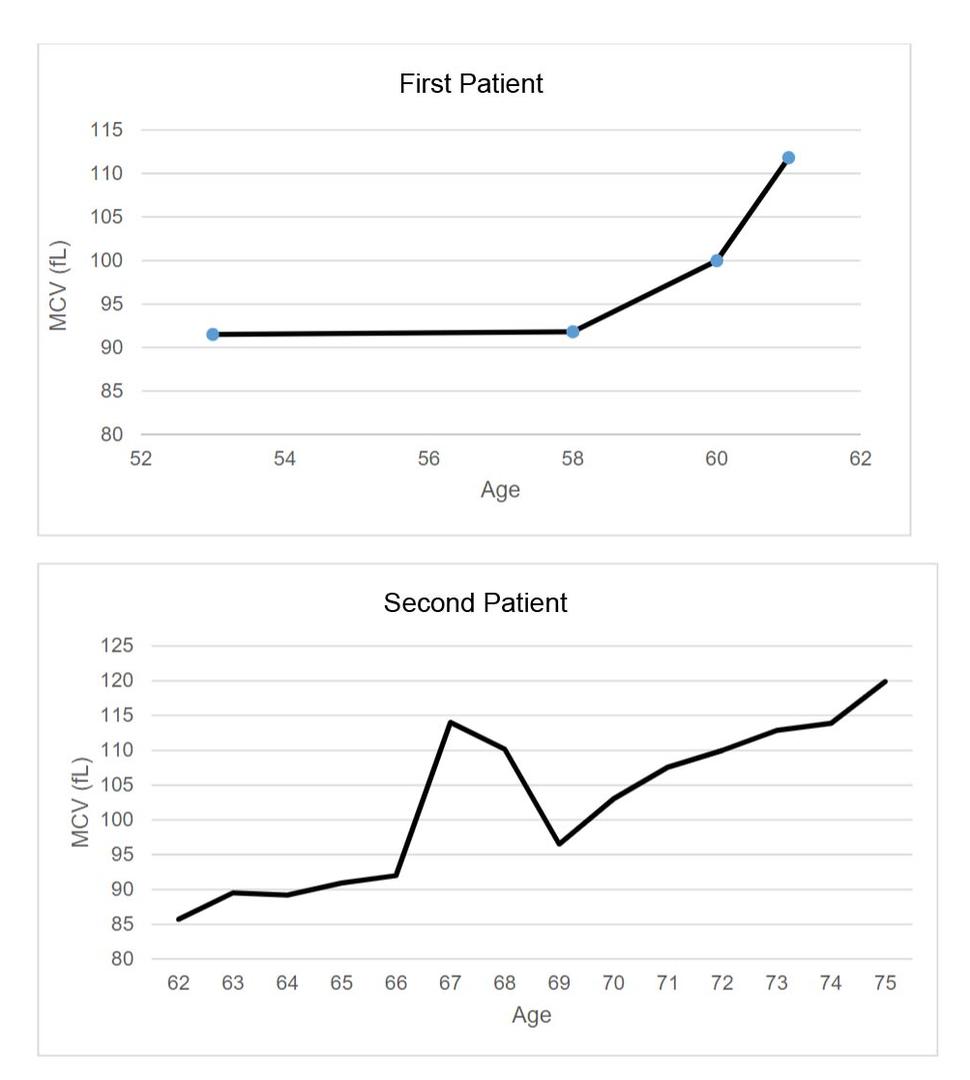Prevalence of VEXAS Syndrome Higher Than Expected, Genome-First Study Finds
, by Maura Kate Costello, M.A.
The novel auto-inflammatory medical disorder, VEXAS (vacuoles, E1-ubiquitin-activating enzyme, X-linked, autoinflammatory, somatic) syndrome, was found to be more prevalent than previously reported, especially among women. Results from this study demonstrate the power of a genome-first approach and suggest the need to include UBA1, the gene associated with VEXAS, in genetic panel testing. Findings were published in the journal, JAMA, on January 24, 2023.
Douglas Stewart, M.D., senior investigator in the Clinical Genetics Branch, and collaborators estimated the prevalence and provided a description of the clinical manifestations of UBA1 variants associated with VEXAS syndrome. Analyzing genetic data from 163,096 participants in the Geisinger health system in central and northeastern Pennsylvania, investigators found that one in every 13,591 individuals harbored a UBA1 disease-causing variant. While no association with cancer predisposition has been reported, hematologic features (e.g. anemia), were present in 100% of participants with a VEXAS-associated variant, along with a broad spectrum of auto-immune, pulmonary, and dermatologic clinical manifestations.
Using a genome-first approach, investigators were able to provide a more accurate estimate of disease prevalence than previous estimates, which were based on clinical manifestation data and unable to capture pre-symptomatic individuals. Additionally, since UBA1 is on the X-chromosome, the investigators needed to perform special review of the sequencing data to establish its role in women with VEXAS syndrome. They found that VEXAS is more frequently found in women than expected at 1 in 26,238 for females older than 50 years. They found VEXAS in 1 in 4,269 men older 50 years, which is also higher than previous estimates.
Given that prevalence of VEXAS syndrome is higher than expected in both men and women, this study indicates the need for broad UBA1 testing among patients with non-specific rheumatologic disorders and anemia. Additional studies are needed in unselected and genetically diverse populations to better define general population prevalence and spectrum of disease manifestation.
Reference:
Beck DB, et al. Estimated Prevalence and Clinical Manifestations of UBA1 Variants Associated With VEXAS Syndrome in a Clinical Population. JAMA 2023.
